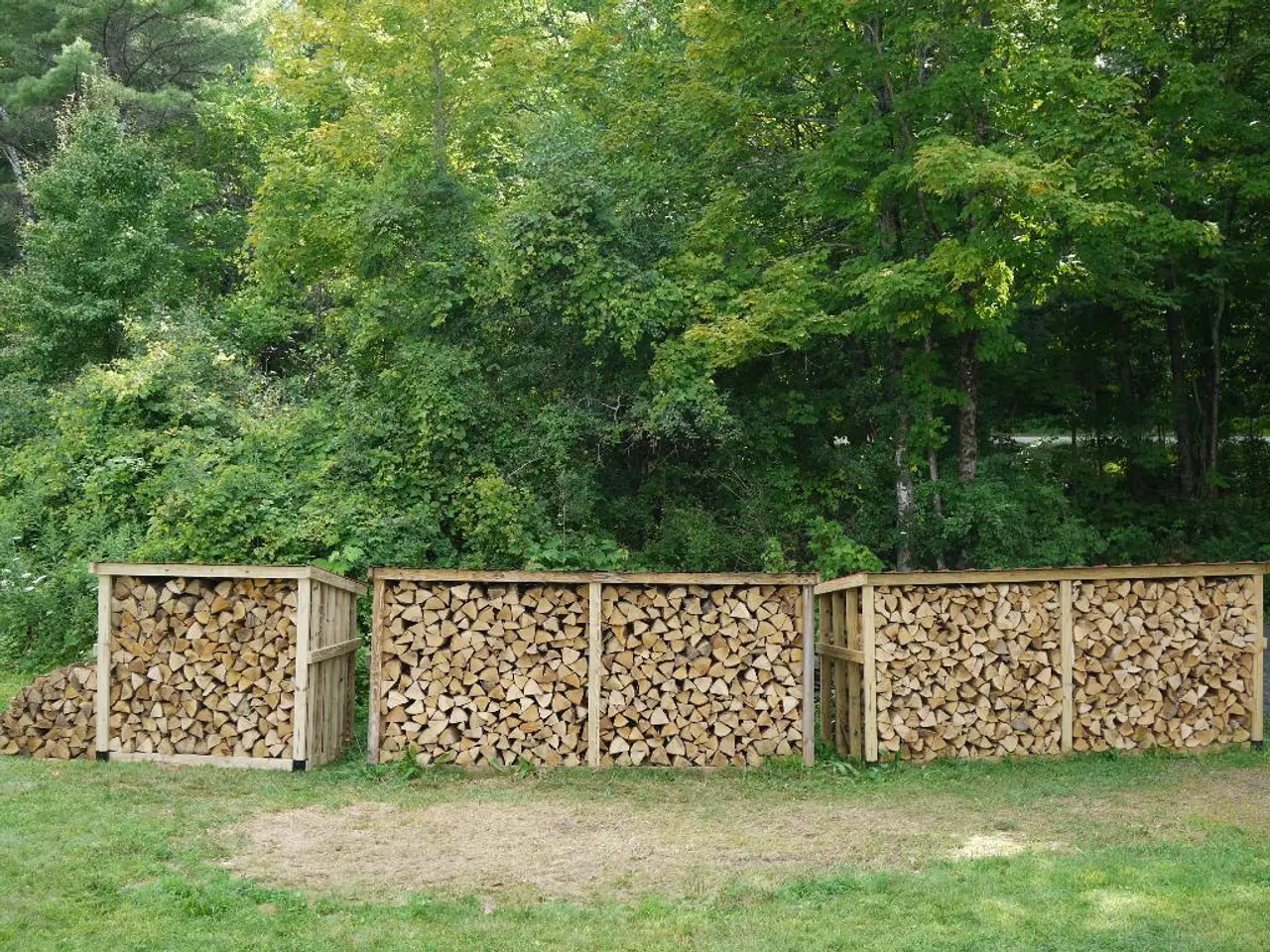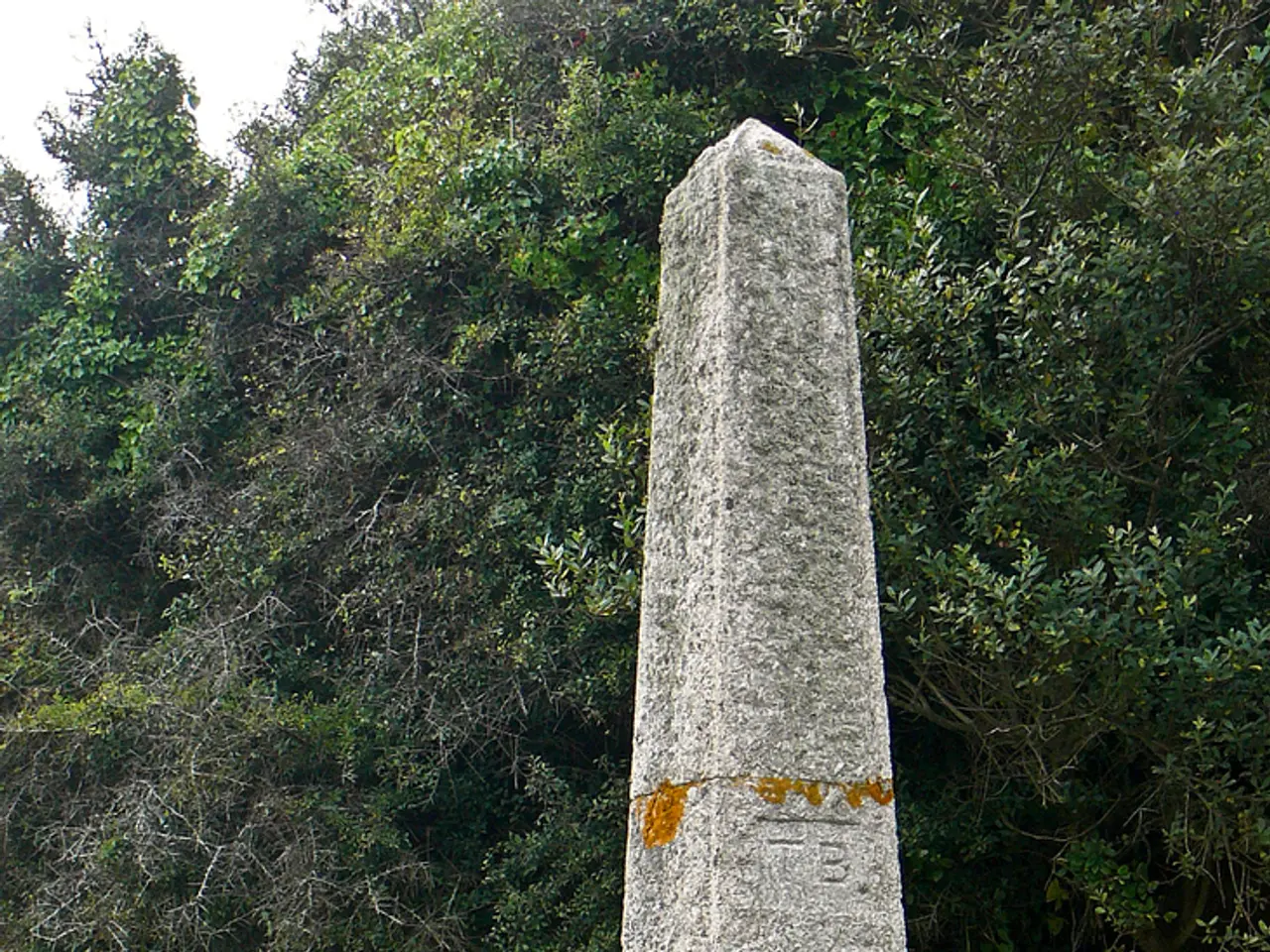Optimal Choice for Elevated Flower Beds: Picking the Ideal Timber for Your Horticultural Endeavor
Raised garden beds are a popular choice for gardeners, offering a versatile and customisable solution for growing plants. But when it comes to choosing the right material, there are several factors to consider.
Untreated cedar and redwood are the best woods for raised garden beds, as they are naturally rot-resistant, long-lasting, and safe for growing food without leaching harmful chemicals into the soil. Cedar, with its non-toxic properties, typically lasts 15 to 20 years, providing excellent durability. Redwood, while more expensive and less available in some regions, offers excellent rot resistance and aesthetic appeal.
On the other hand, pressure-treated lumber and untreated softwoods like pine should be avoided. Pressure-treated wood may contain chemicals that can leach into the soil and harm edible plants, making it unsuitable for vegetable gardens. Untreated softwoods like pine tend to rot quickly when exposed to moisture, shortening the lifespan of the raised bed.
To extend the lifespan of wood raised beds, several protective methods can be employed. Sealing and lining the bed with natural sealants or liners can help reduce soil and moisture contact with the wood, but it's important to avoid trapping moisture, which accelerates rot. Designing the beds for airflow and good drainage can also help keep the wood dry and reduce rot risk. Soil management, such as using soil mixes that drain well and avoiding constant contact between moist organic matter and wood surfaces, is also crucial.
For budget woods like pine, methods such as the Shou Sugi Ban (wood burning) can create a protective char layer that retards rot without chemicals. Regular inspection and repairs are also essential to maintain the structure of the beds.
When it comes to other materials, synthetic lumber, metal, rocks, and concrete blocks are also options. However, each material has its own advantages and disadvantages, and the choice depends on factors like cost, ease of use, durability, and any chemicals that might leach into the soil.
For vegetable or edible gardens, it's recommended to take extra precautions to avoid chemicals leaching into the soil and affecting the plants. To prevent contact between treated wood and soil, consider lining the bed with plastic. The U.S. Environmental Protection Agency (EPA) banned lumber treated with chromated copper arsenate in 2003.
Reclaimed wood can be used for raised beds, but it's important to ensure it has not been treated with harmful substances. West Coast cedar is a sturdy option, but it can be expensive and may not be the most sustainable choice depending on the region.
In hot, humid, or rainy regions, sturdier woods are recommended for raised beds as pine deteriorates more rapidly. If lining the bed with plastic, ensure you make drainage holes.
In conclusion, by choosing naturally rot-resistant woods like cedar or redwood, employing protective methods, and taking extra precautions for vegetable gardens, you can maximise the durability and safety of your raised garden beds, making them a lasting investment in your garden.
Alongside cedar and redwood being highly-preferred for raised bed gardening due to their rot-resistance and longevity, it's crucial to avoid using pressure-treated lumber or untreated softwoods like pine for growing food, as their chemicals may leach into the soil or rot quickly, respectively. To optimize the durability of wood raised beds, methods such as utilizing natural sealants, ensuring good drainage, managing soil, or employing protective techniques like the Shou Sugi Ban for budget woods like pine can be implemented.




